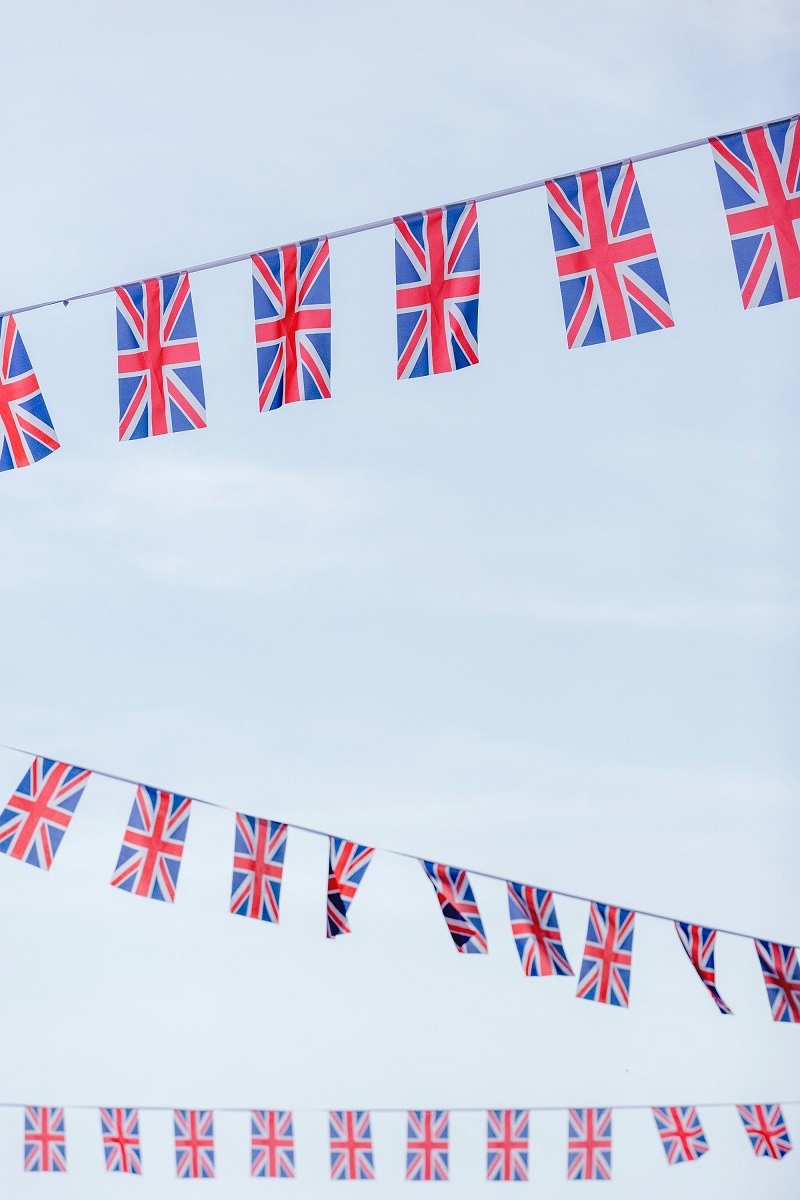Menu
Which languages are native to the United Kingdom?
Daniel Gray
Daniel Gray is an editor and translator on Apostroph Germany’s English team. In his free time, he enjoys running, riding his bike or walking the dog in the Brandenburg countryside that surrounds his home.



